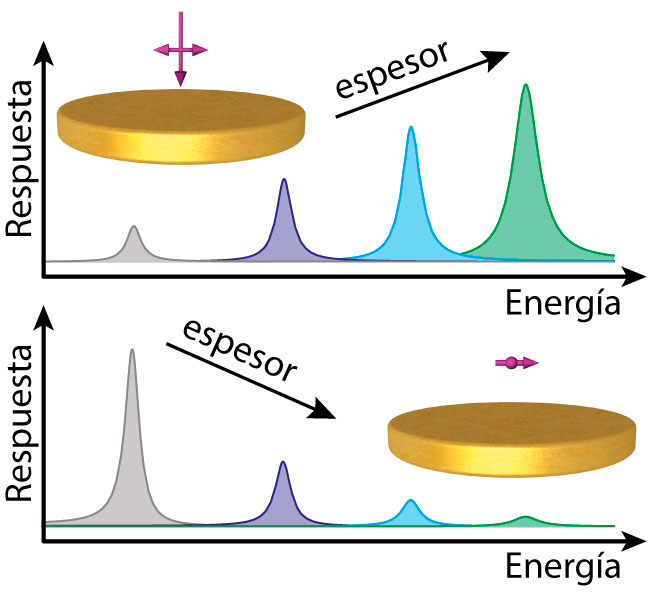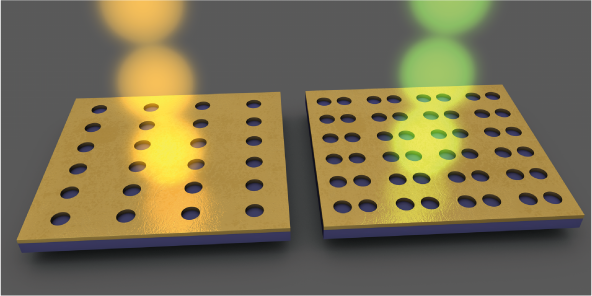Seminario de Manuel Donaire: Excited atoms: optical response, atomic interactions and coherent manipulation

Os queremos invitar al seminario de Manuel Donaire, profesor de la Universidad de Valladolid, quien nos hablará sobre sus trabajos recientes en física atómica, en la sala de conferencias de Serrano 121, el viernes 13 de Mayo a las 12:30.
Resumen de la conferencia:
For atoms in their ground state, the atomic interactions and the interaction of the atoms with light are well described within the framework of stationary quantum perturbation theory. Furthermore, a semiclassical approach based on linear response theory, the fluctuation-dissipation theorem and semiclassical polarizabilities, suffices to compute the van der Waals forces and the optical response of ground state atoms. However, when atoms are excited, either by a pulse or by an incoherent pump, stationary perturbation theory and semiclassical approaches based on DFT have proven to fail. In this talk we will show that a fully quantum time-dependent approach is necessary to describe the optical response of an incoherently pumped atom, and to compute the forces between excited atoms. In particular, we will show how to tailor the scattering properties of an atom with gains, we will explain the apparent violation of the action-reaction principle in the interaction between excited atoms, and we will reveal the existence of nonconservative forces. Lastly, we will discuss the necessity of a fully time-dependent approach to describe the coherent properties of arrays of identical atoms.






